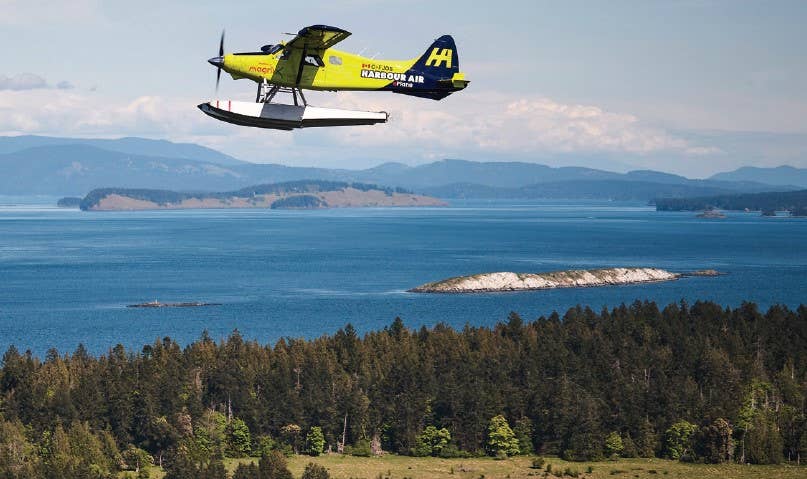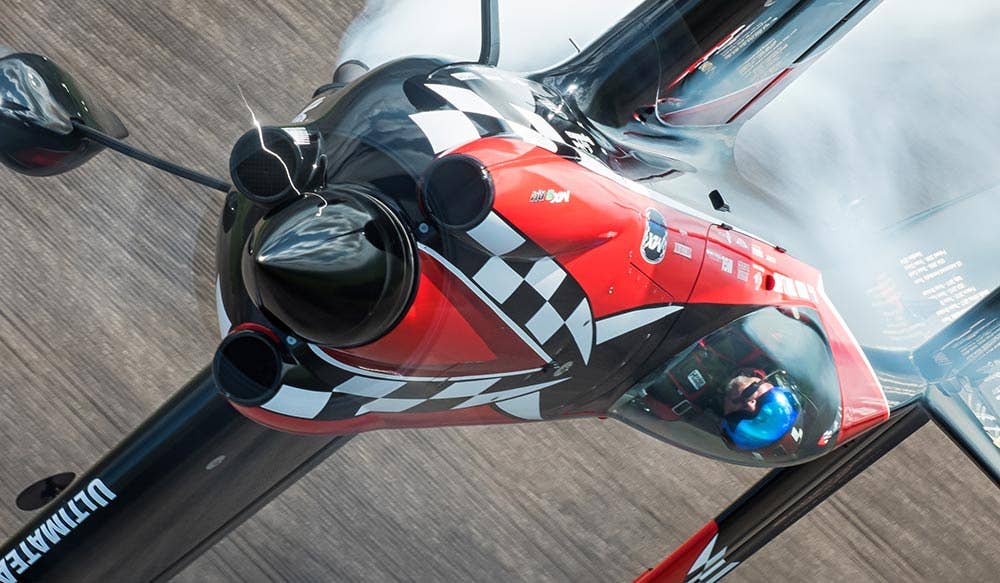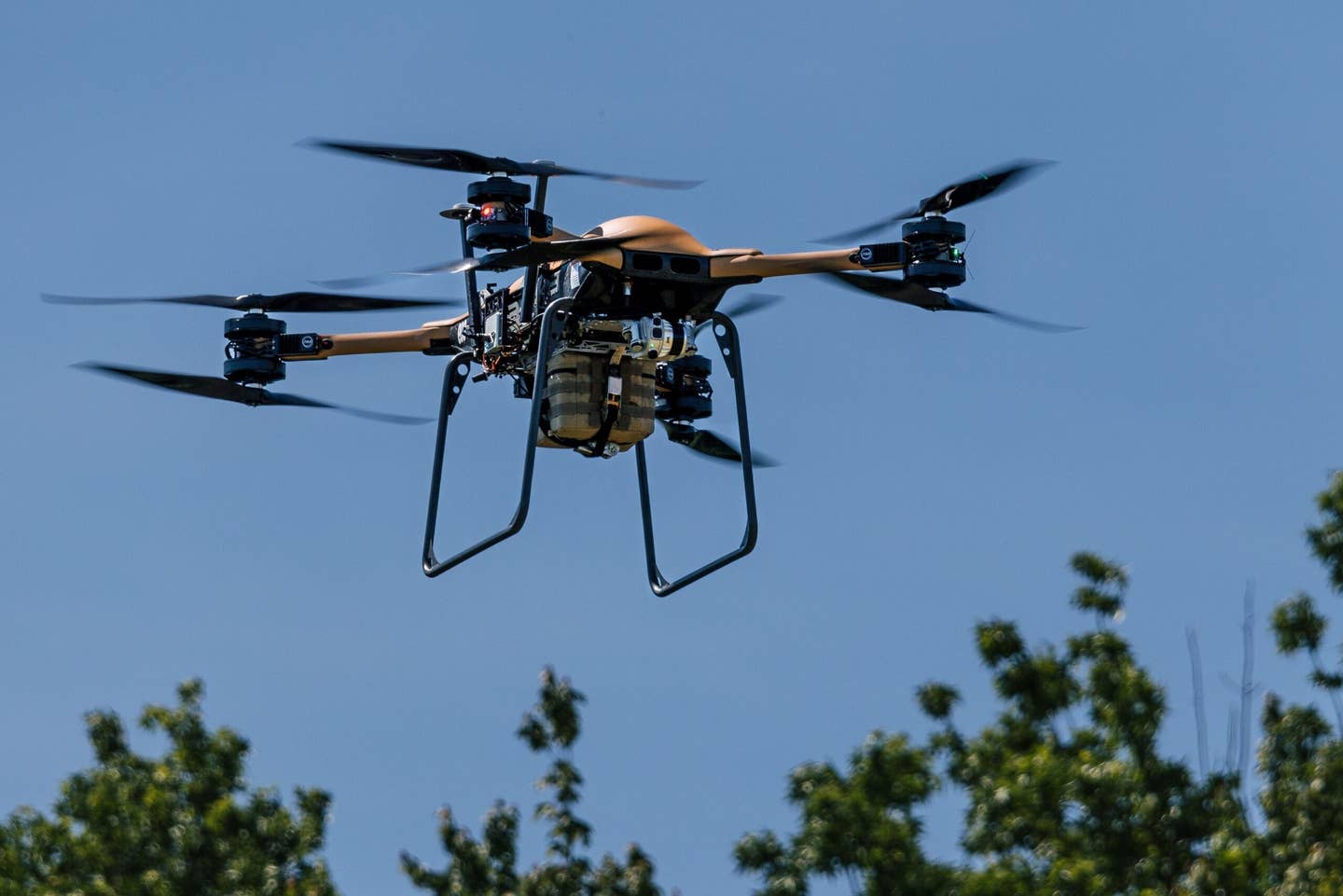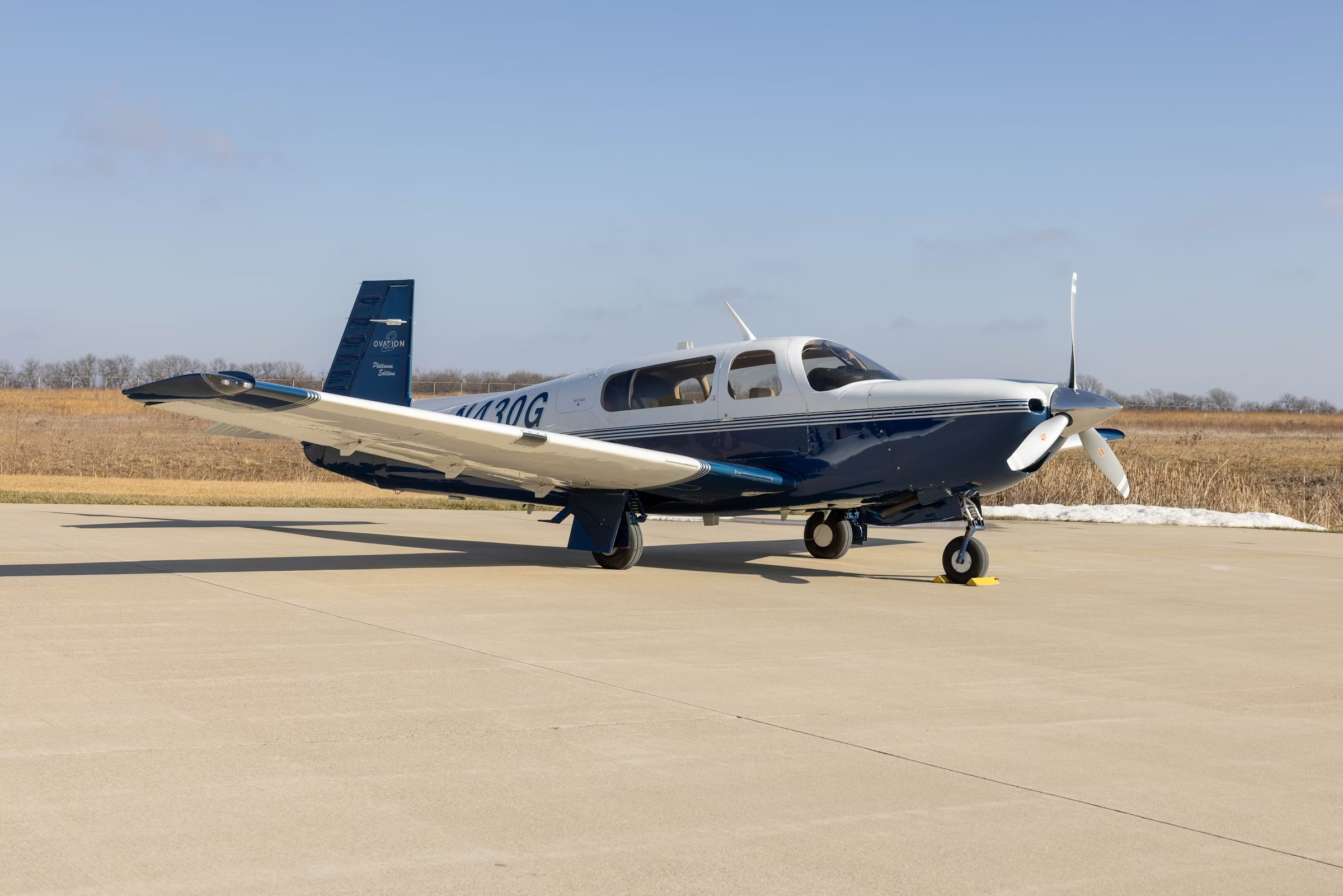Ultimate Issue: From Radial to Radical
Harbour Air Seaplanes has taken the bold initiative to put electric motors on its de Havilland Beavers fleet.

Based on the experience of the past four years with C-FJOS, Harbour Air has ordered 50 electric propulsion systems from magniX to convert its whole fleet of Beavers and will likely become the first airline to use electric power in scheduled passenger service, possibly by 2026. [Courtesy: Harbor Air Seaplanes/Blago Hristovski]
When it rolled out of the de Havilland factory in Toronto in 1956, DHC-2 Beaver registered as CF-JOS was launched into the typical life of the most iconic bushplane ever built. That is to say its life has been anything but typical because it was purpose built to challenge the norms of aviation in the postwar era.
Tough as nails, able to get in and out of small unimproved runways or high mountain lakes, while carrying a ton of freight, ponderously slow and superbly stable, the Beaver led a renaissance in backcountry air service. It also set standards for safety and reliability in the far-flung wilderness of northern North America.
It spread those attributes around the world, achieving previously impossible results from the Sahara to Mount Everest and both poles. There were 1,167 built, and they remain coveted and useful platforms in myriad roles almost 80 years after the first was finished in 1947.
CF-JOS (now C-FJOS) has toiled most of its life on British Columbia’s rugged West Coast, initially as a lifeline for loggers, miners, and anglers, and most recently, as one of dozens of Beavers providing scheduled floatplane passenger service for Harbour Air Seaplanes between Vancouver and Seattle and about a dozen coastal communities.
C-FJOShas been written off twice and rebuilt (Beavers are often rebuilt from the data plate alone), has tens of thousands of hours and a million stories, including its own electrifying one. Now, at 68 years old, this seemingly vintage aircraft sits at the forefront of a massive technological renaissance in air travel.
In 2019, Harbour Air fitted C-FJOS with a magniX electric motor, batteries, and control system, and it has since accumulated more than 78 flights. Based on the experience of the past four years with C-FJOS, Harbour Air has ordered 50 electric propulsion systems from magniX to convert its whole fleet of Beavers and will likely become the first airline to use electric power in scheduled passenger service, possibly by 2026.
In doing so, the chunky, awkward-looking, sheet-metal creation of another era will climb slowly past sleekly modern multicopters and other futuristic designs to serve the market the new aircraft were supposed to generate.
It’s a story of innovation tempered with practicality that is a common thread in the development of aviation as it takes on a future that demands a nimble and responsible industry.
The original Beaver was a fuel hog whose radial engine spewed so much oil in normal operation that de Havilland put an oil filler spout in the cockpit so the sump could be replenished in flight. That unrestrained use of petroleum products is receiving considerable scrutiny these days and the public, through its governments and regulators, want an aviation industry that can get it anywhere on earth in less than a day without beating up the planet.
It’s a tall order. It takes a lot of energy to hoist a few hundred people to 35,000 feet and move them thousands of miles. But progress is being made, and the goal of making aviation a net-zero-carbon creator by 2050 is considered doable.
Electric aviation is just part of that solution. Hybrid systems using hydrogen show promise, but it’s unlikely that hydrocarbon-fueled aircraft will become obsolete anytime soon. But with developments in the production of sustainable aviation fuels, much of it from agricultural waste and overcapacity, they can be made much better for the environment.
The quest for environmental stewardship in aviation has already paid dividends. The latest aircraft engines are up to 30 percent more fuel efficient and have the side benefit of being much quieter than previous generations because noise is the sound of energy being wasted.
The environmental shift is also leading to a change in aircraft design philosophy, although it’s fair to say that most of the futuristic designs on the drawing boards are nothing new.
The physics of flight are well understood, and the blended bodies and truss-braced wing concepts now being explored are the results of technology catching up to those seemingly radical designs.
In the longer term, there are concepts that seem right out of science fiction that are being seriously studied. One that stands out is using nuclear fusion to power aircraft.
But if that sounds ridiculously far-fetched (and by the way the concept of nuclear-powered aircraft emerged in the late 1950s), imagine telling one of the folks at de Havilland in 1956 building CF-JOS that it would fly on electric power.
The plane was built at the height of the Beaver’s popularity. Orders were pouring in from all over the world, and its many innovative and performance features for the time made it a state-of-the-art aircraft.
Creativity and big ideas have always driven aviation, and there’s no sign of that letting up. But what’s interesting and different about the industry is that when something is developed that just plain works, its life is practically endless through continuous improvement. Just ask a Harbour Air pilot, or the crew of a B-52, which is about the same age as a Beaver and is forecast to have a service life of 100 years.
This feature first appeared in the Summer 2024 Ultimate Issue print edition.

Sign-up for newsletters & special offers!
Get the latest FLYING stories & special offers delivered directly to your inbox






